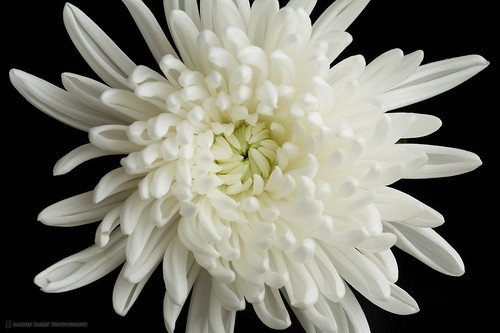The Sunflower (Scientific Name: Helianthus annuus Linn.) is a well-known plant that grows anywhere. The seeds found on the inflorescense are commercially used for food and for extracting edible oil. There are many varieties of sunflowers. They are cultivated not only for commercial purpose, but in many gardens, as an ornamental.
These are the common uses of this plant as a medicine:
- It can heal wounds, bruises and ulcers.
- Use in the treatment of pulmonary diseases, bronchitis, cough, asthma, dysentery, whooping cough and colds.
- It helps in relieving headaches.
- Use in the treatment of nervous conditions.
How to use this plant in treating patients:
- The crushed leaves and the seeds made into a poultice is used for application of bruises, wounds and ulcers.
- The flowers and the dried or fresh leaves are prepared as tea in pulmonary diseases, bronchitis, coughs, asthma, dysentery and whooping cough.
- The oil extracted from the raw seeds is recommended for chest diseases in doses of 10 to 15 drops, 2 to 3 times a day. The drink made from the seeds is good for headache, nervous conditions, pulmonary diseases and colds.
Reference: Amazing Healing Plants by Dr. JC Kurian





